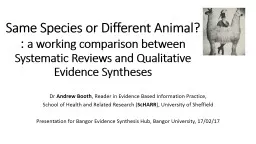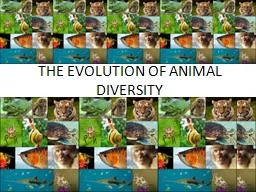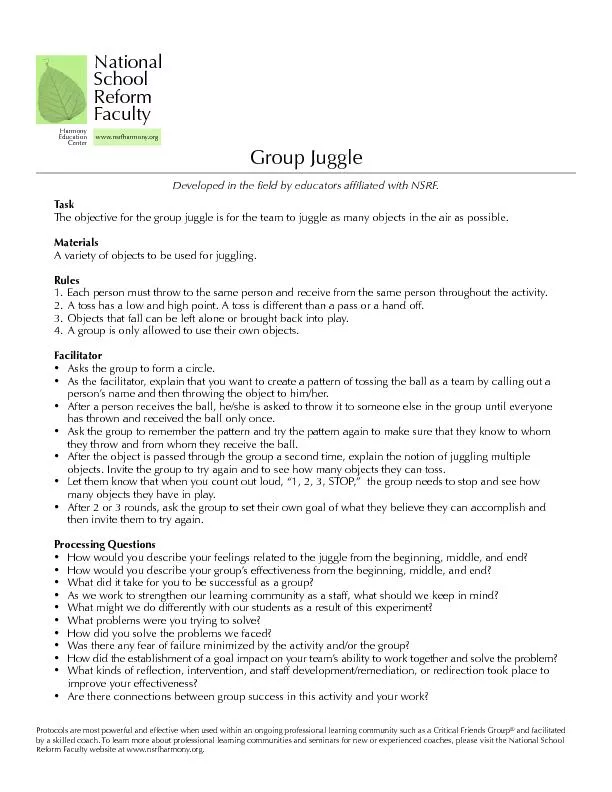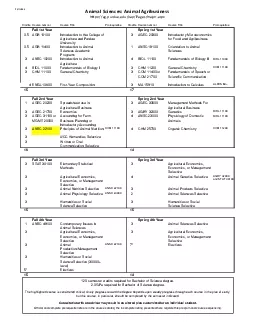PPT-Same Species or Different Animal? :
Author : stefany-barnette | Published Date : 2017-12-17
a working comparison between Systematic Reviews and Qualitative Evidence Syntheses Dr Andrew Booth Reader in Evidence Based Information Practice School of Health
Presentation Embed Code
Download Presentation
Download Presentation The PPT/PDF document "Same Species or Different Animal? :" is the property of its rightful owner. Permission is granted to download and print the materials on this website for personal, non-commercial use only, and to display it on your personal computer provided you do not modify the materials and that you retain all copyright notices contained in the materials. By downloading content from our website, you accept the terms of this agreement.
Same Species or Different Animal? :: Transcript
Download Rules Of Document
"Same Species or Different Animal? :"The content belongs to its owner. You may download and print it for personal use, without modification, and keep all copyright notices. By downloading, you agree to these terms.
Related Documents














